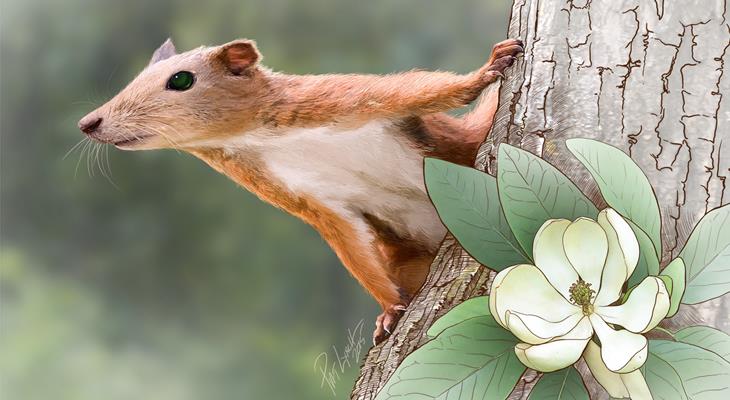
Dinosaurs ruled the Earth for hundreds of millions of years. They were like nature’s “living tanks” — giant machines built for hunting and survival. But 65 million years ago, the cosmos intervened: an asteroid struck Earth, and the age of dinosaurs collapsed. The giants disappeared, and with them, the very paradigm of life itself.
A strange and almost surreal era followed: dense tropical forests with no large animals or birds. The largest creature was a squirrel. And it was in this world that our first ancestor appeared — Purgatorius. A half-mouse, half-rat-like creature, a nimble jumper with grasping claws and sharp eyesight. It was omnivorous, quick-witted, and highly adaptable. Its behavior — leaping, grasping, trying everything — laid the foundation for the future human.
An Age Without Predators: Paradise for Ancestors
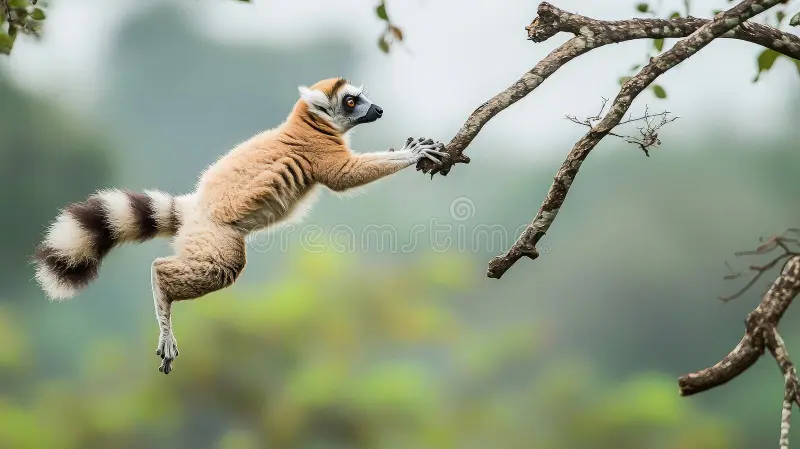
For several million years, Earth was an astonishingly safe place. With no predators, primates could develop a unique strategy: raising offspring with bigger brains and longer childhoods. A long childhood became the school of future humanity — a time for learning, play, and socialization.
But paradise did not last. Around 55 million years ago, the first tree-climbing predators appeared. Purgatorius evolved into Archicebus — a creature resembling a tiny lemur. To survive, Archicebus shifted to a daytime lifestyle, growing larger and faster.
The Birth of Monkeys
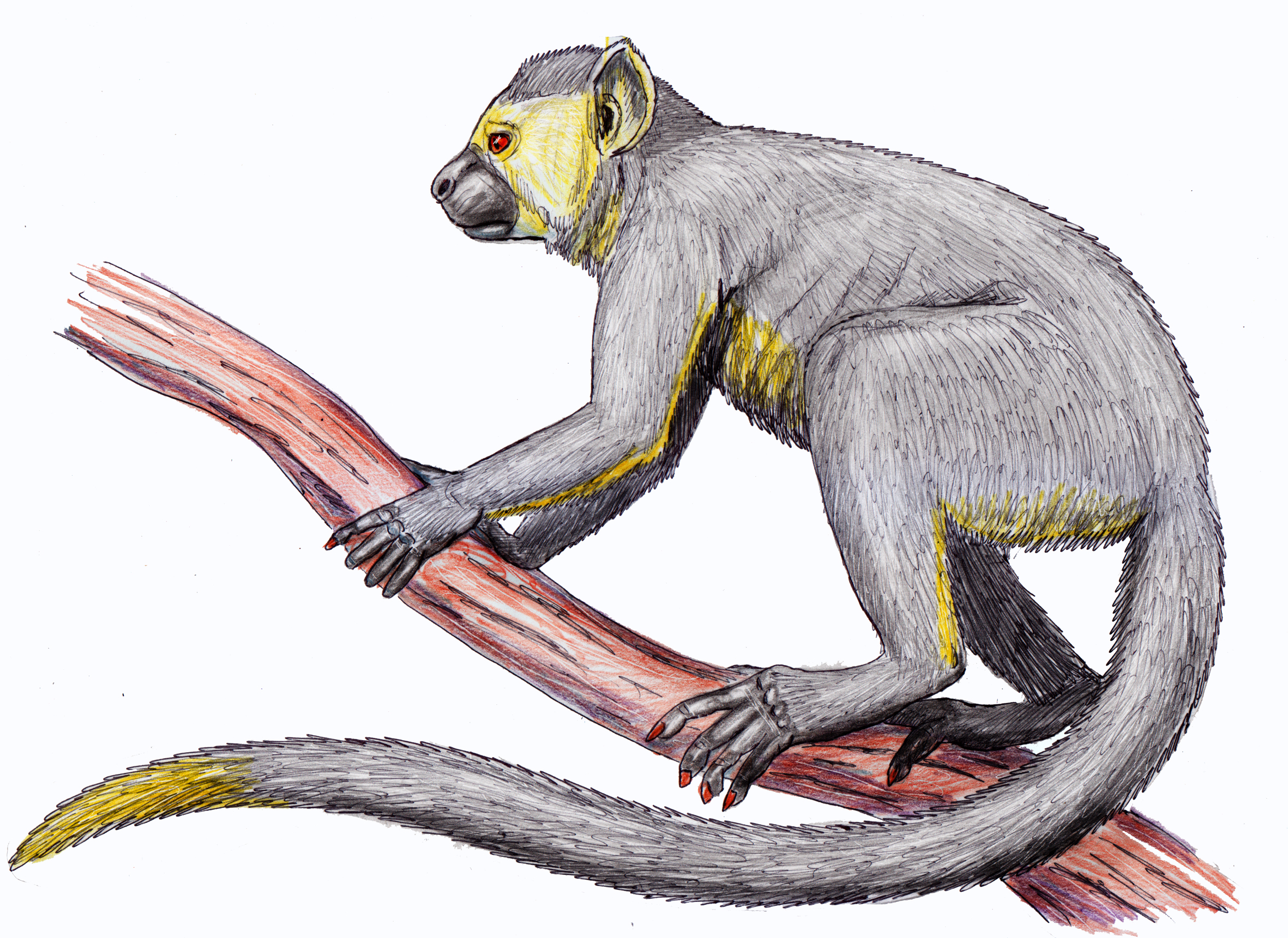
Some 45 million years ago, the first true monkeys appeared — Eosimians, roughly the size of a macaque. They gave rise to a multitude of species. By 29 million years ago, the monkey world had split into two lines: Old World monkeys and apes.
Around 25 million years ago, Proconsul, the first ape-like primate, was climbing in the trees. Its brain weighed only 130 grams, but it was a step toward future humans.
Cold, Savannahs, and a New Choice
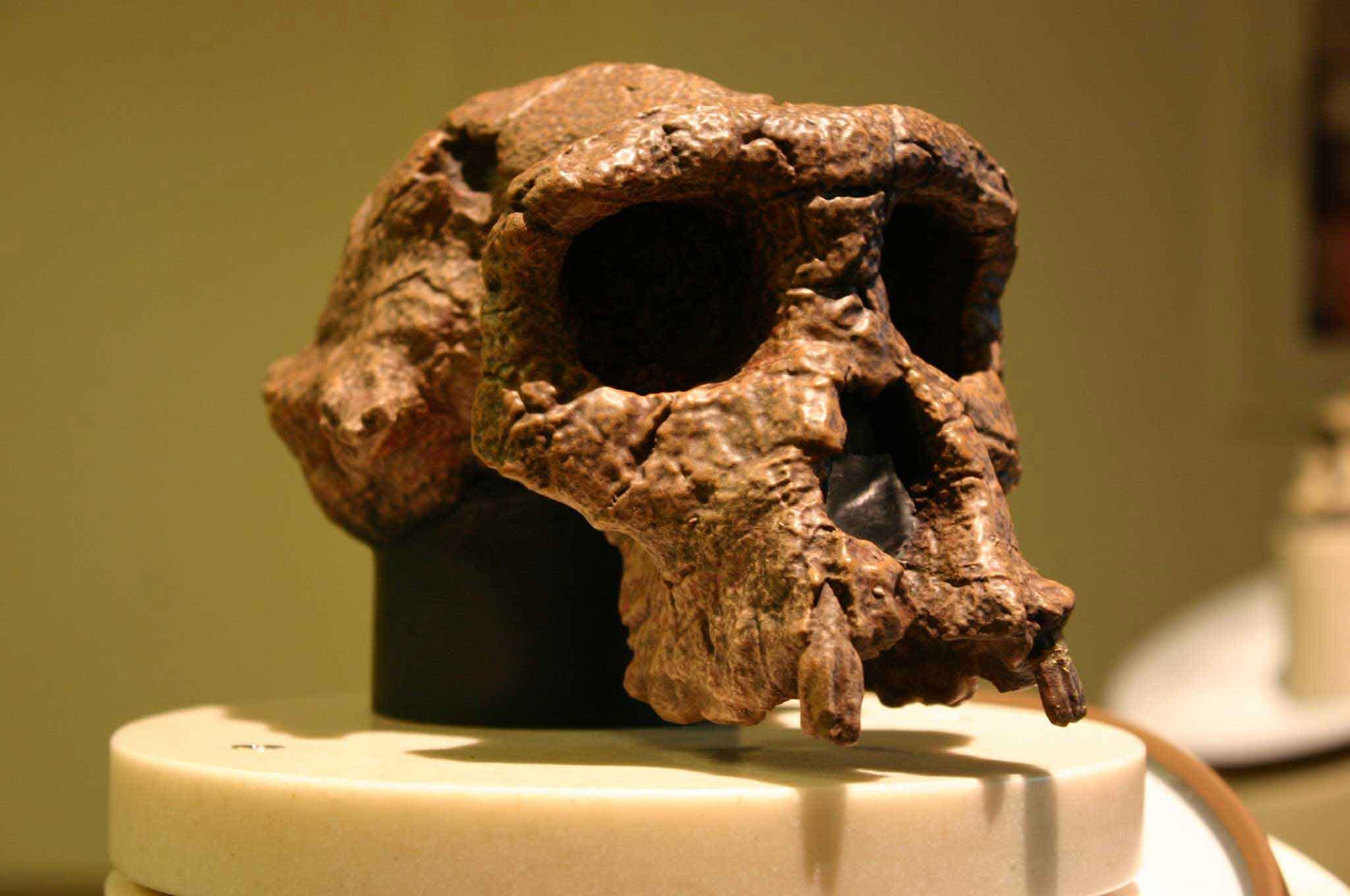
Between 8 and 10 million years ago, India collided with Eurasia, raising the Himalayas. The climate changed: cooling destroyed many tropical forests, and the woodlands shrank. Human ancestors were forced into the savannah. Evolution offered a new path — bipedalism.
By 7 million years ago, Sahelanthropus could both climb trees and walk on two legs. This marked the beginning of natural selection in favor of upright walking — the most effective way to survive in open grasslands. Life in the savannah stripped our ancestors of fur, pushed them to run, and, most importantly, forced them to live together. Cohesion, caring for the weak and for children, became their new “armor” against danger.
Australopithecus: A Step Toward Humanity

By 4 million years ago, gracile australopithecines had appeared. They already had human-like legs, a brain enlarged to 400 grams, and even passed the mirror test. They cemented key human traits — upright walking, socialization, and the beginnings of self-awareness.
Climates, Crises, and the First “Human”
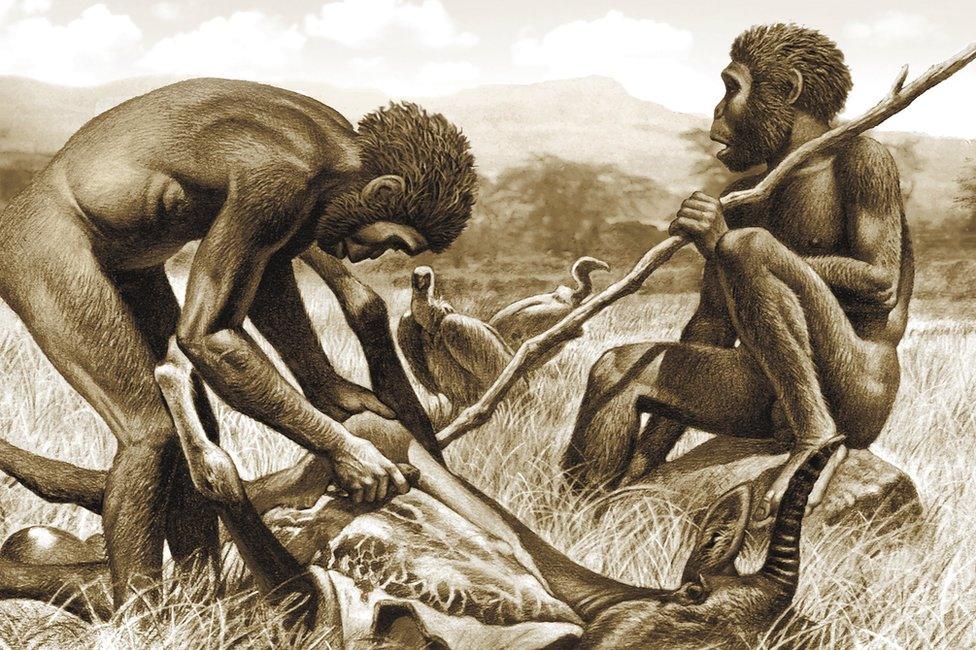
Between 3 and 2 million years ago, the climate shifted dramatically again: seasons emerged, savannahs and deserts expanded. Many australopithecines went extinct, but some evolved into the first representatives of the genus Homo.
Around 2.5 million years ago, Homo habilis — the “handy man” — began using stone tools. He relied increasingly on meat, which gave his brain a boost up to 900 grams. This was a true breakthrough: meat was concentrated energy, and stone tools were the first technology.
True Humans
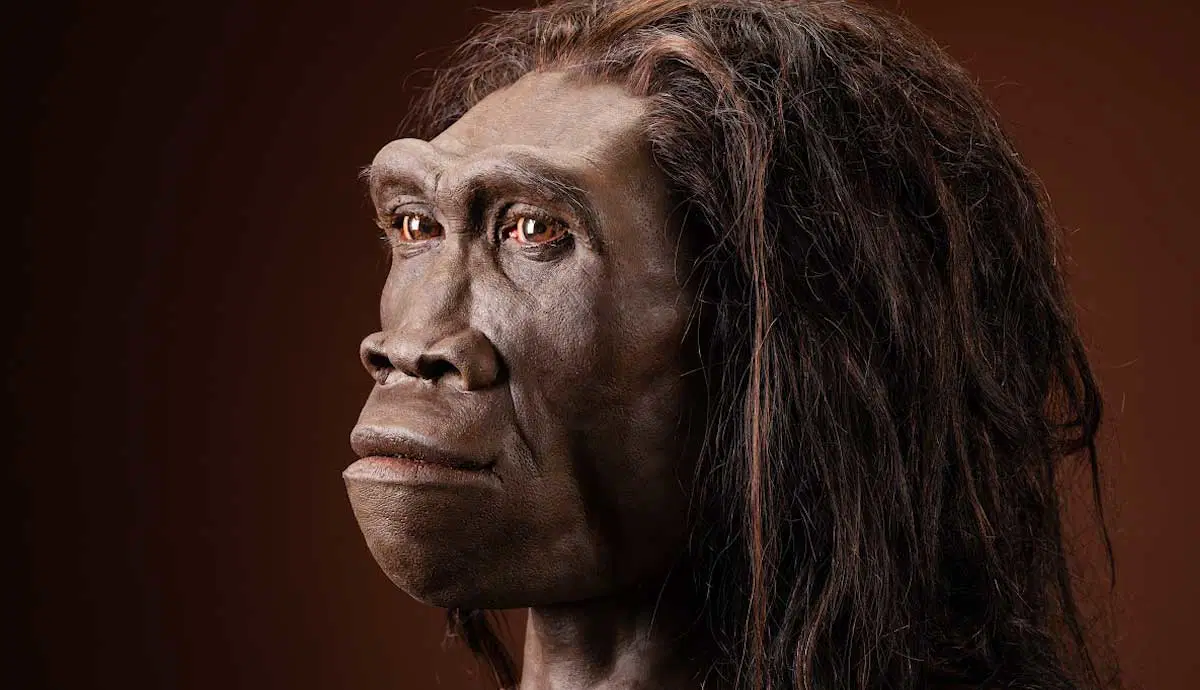
By 1.7 million years ago, Homo ergaster appeared. Tall, lean, with a 1-kilogram brain and a “working hand.” He wielded double-edged tools and bore little resemblance to apes. His body was built for long walks, running, and labor.
Over the next two million years, humans refined themselves: the brain grew larger, bodies became more slender, and behavior more complex. Yet the foundation had already been laid — in the age of Purgatorius, monkeys, and australopithecines.
Conclusion
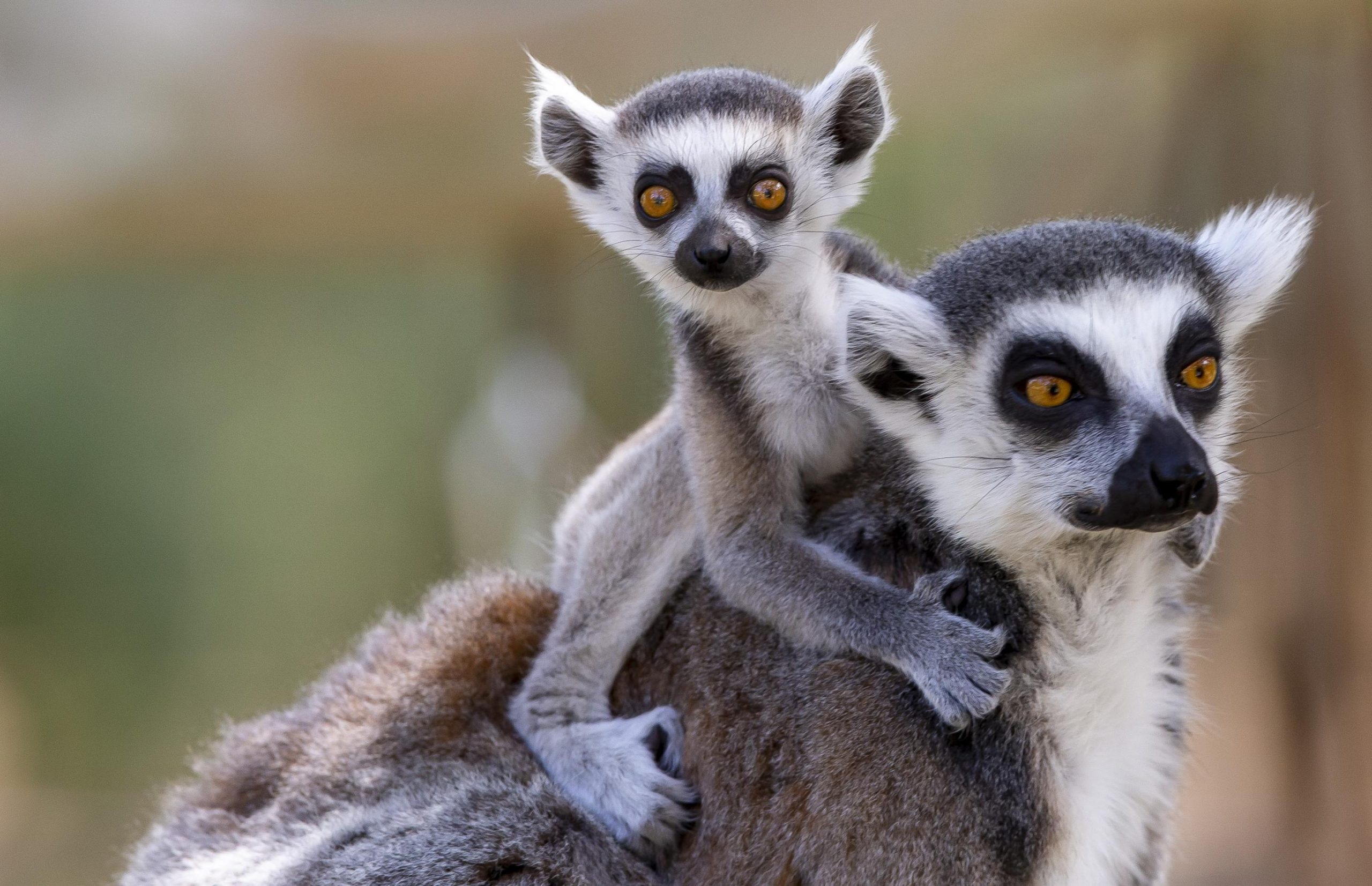
The asteroid that destroyed the dinosaurs became the “midwife” of human history. It gave a chance to a tiny rodent-like creature leaping through the trees to become the founder of a long evolutionary chain.
Today, when we look in the mirror, we see not only Homo sapiens but also the echo of Purgatorius — the little squirrel that once dared to leap into the future.